Fire Extinguisher 2021
This fire extinguisher OSHA compliant training course satisfies the annual requirement of OSHA Regulation 1910.157(g) for employee fire extinguisher educatinal training.
Introduction
At some point in your lifetime, it is likely that you will encounter an out-of-control fire. Understanding how fires ignite and the skill of how to use a fire extinguisher will aid in your safety and those around you.
A fire is created by the following 3 things:
- Oxygen. Enough to sustain combustion.
- Heat. Enough to reach ignition temperature.
- Fuel. Or combustible material.
This is known as the Fire Triangle.
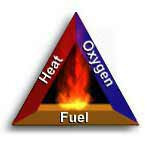
Fire safety is based upon the principle of keeping fuel sources and ignition sources separate. Fire extinguishers extinguish fire by removing one or more elements of the fire triangle. Once any one of the fire triangle elements is removed, the fire will be extinguished.
Classification of Fires
There are 5 main classes of fire extinguishers, classified according to the type of fuel that is burning.
Class A – Fires involve materials such as wood, paper, and cloth which produce glowing embers of char. Class A fire extinguishers can contain water, chemical foam or dry chemical.
Class B – Fires involve flammable gases, liquids, and greases including gasoline and most hydrocarbon liquids which must be vaporized for combustion to occur. Class B fire extinguishers can contain carbon dioxide (CO2), halon, dry chemical or aqueous film forming foam (AFFF.)
Class C – Fires involve fires in live electrical equipment or in materials near electrically powered equipment. Class C fire extinguishers can contain CO2, halon or dry chemical.
Class D – Fires involve combustible metals such as magnesium, zirconium, potassium and sodium. Class D fire extinguishers can contain dry powder.
Class K – Fires involve those started by vegetable oils, animal fats or other fats started in cooking appliances. Class K fire extinguishers can contain wet chemical.
A, B and C are the most common fire classifications.
Fire extinguishers often have pictograph labeling to identify the type of fire the extinguisher is designed to fight.
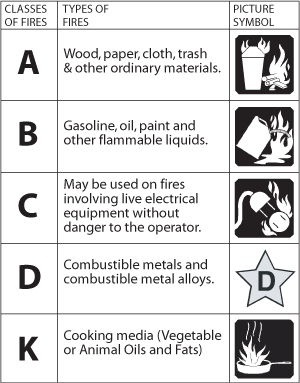
Types of Fire Extinguishers
The fire extinguishing types and the fire extinguisher classes used to fire the fire are listed below:
Carbon Dioxide (B and C) – Neutralizes the oxygen element of the fire triangle. Removes the heat with an extremely cold discharge.
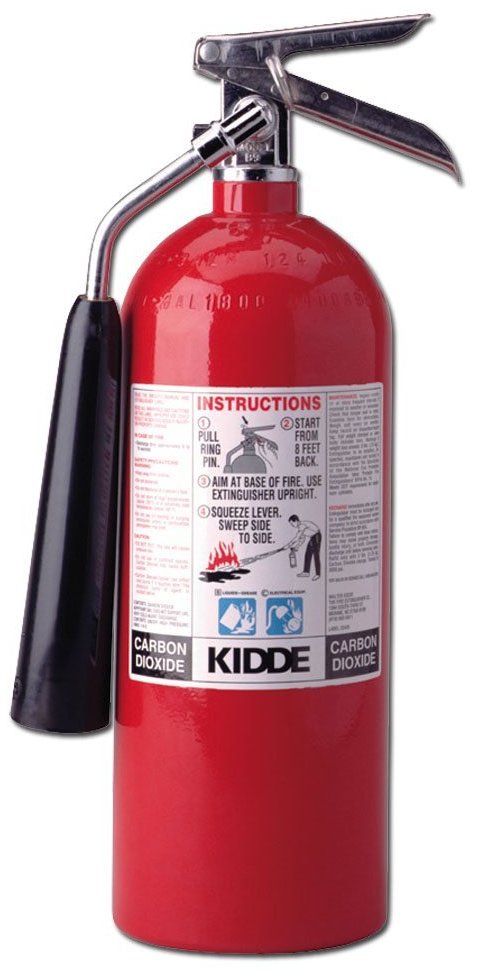
Dry Powder (D) – Stops the heat element of the fire triangle or blocks fuel from combing with oxygen.
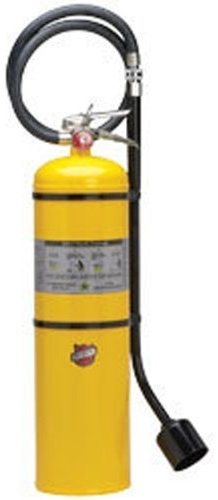
Foam (A and B) – Isolates the oxygen element from the fire and fuel elements of the fire triangle. Removes the heat element of the fire triangle.
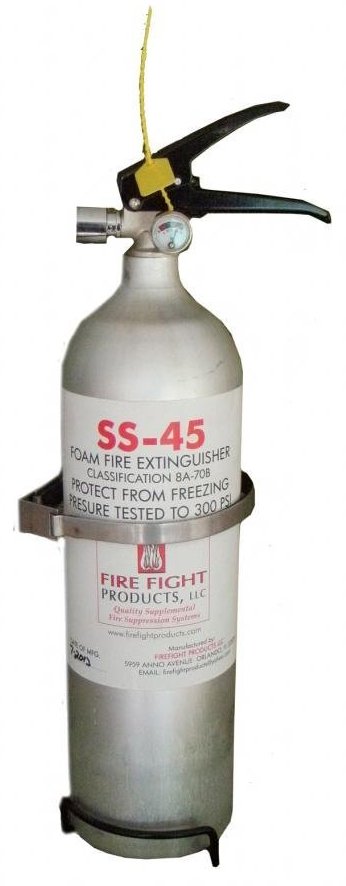
Halotron (A, B and C) – Interrupts the chemical reaction of the fire triangle.
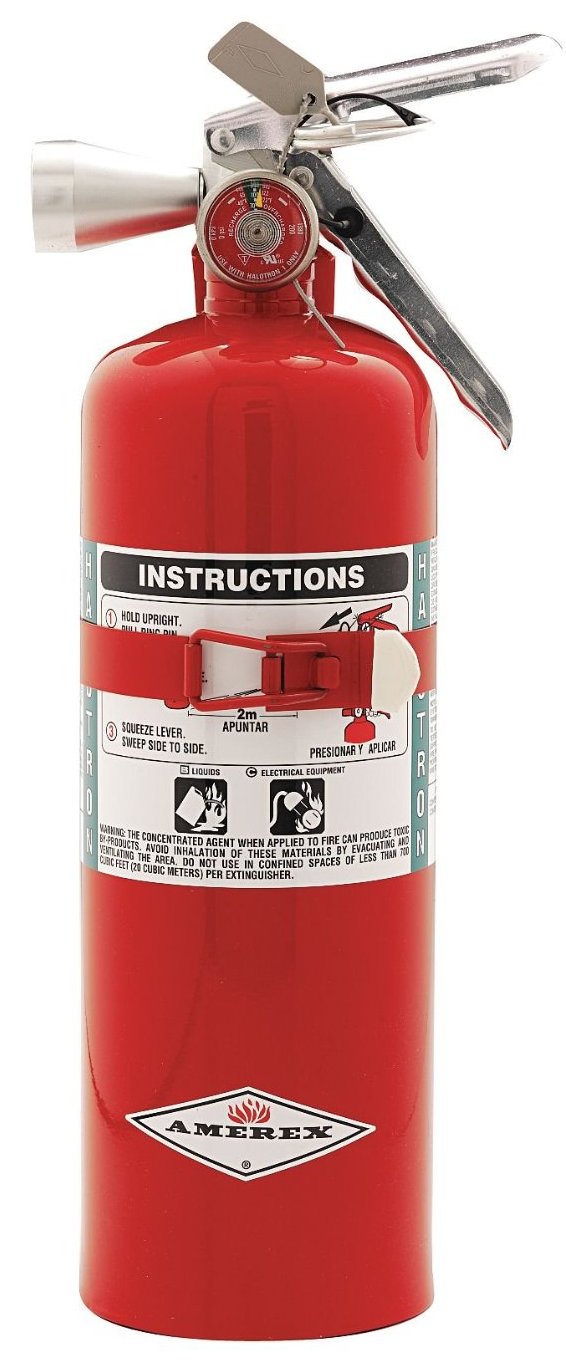
Multi-Purpose Dry Chemical (A, B and C) – Most commonly used fire extinguisher type.
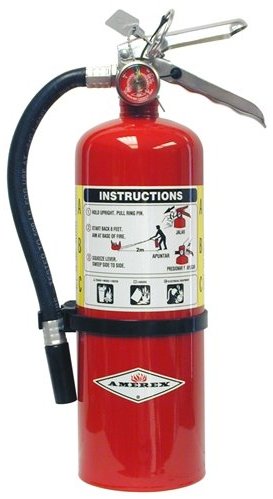
Dry Chemical (B and C) – Interrupts the chemical reaction of the fire triangle.
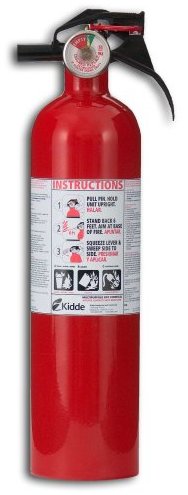
Water APW (A) – Silver in color. Filled with pressurized air and water. Stand approximately 2ft tall and weight up to about 25lbs. APW stands for Air Pressurized Water. APW’s take away the heat element of the triangle to extinguish the fire.
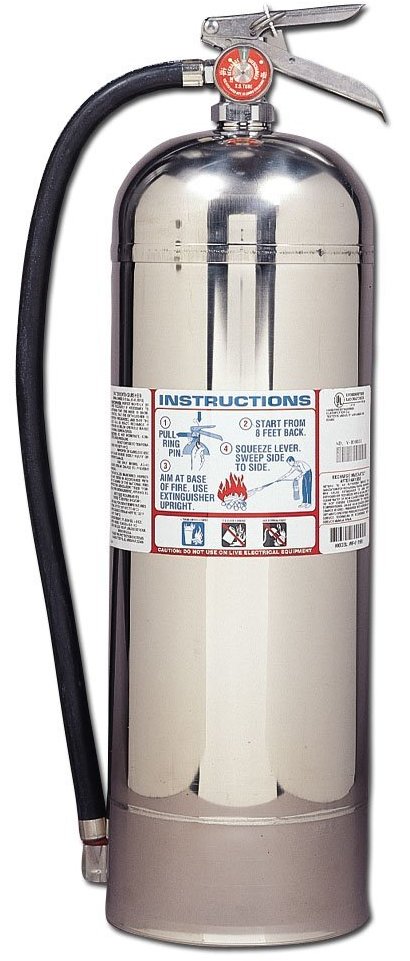
Wet Chemical (K) – Most commonly used in commercial kitchens. Takes away the heat of the fire triangle. Prevents fire re-ignition by preventing oxygen and fuel elements from combining.
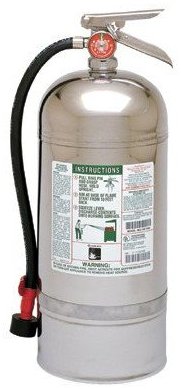
The 3 most common fire extinguishers types are Water, Carbon Dioxide and Dry Chemical.
Rules for Fighting Fires
Fires can be extremely dangerous and fatal in some cases. For this reason, follow the rules below when discovering a fire.
Rules for Fighting Fires
1. Call for help. Or have someone else call 911.
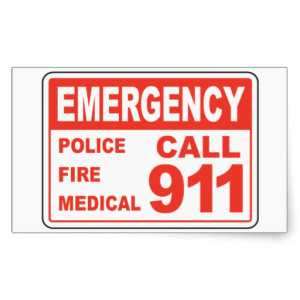
2. Help anyone injured. Do so without risking harm to yourself.
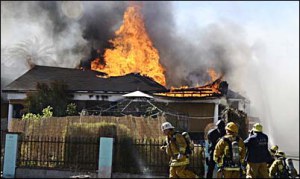
3. Verify your safety prior to attempting to extinguish the fire. Make sure to have an exit strategy. The best way to do so is to have your back to an exit while fighting the fire. If the fire becomes unstable, you can avoid becoming trapped and escape safely.
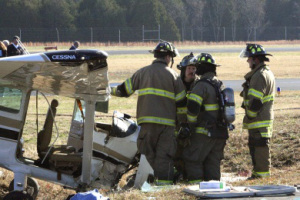
4. Use common sense. If your instincts tell you the fire is too dangerous, get out and wait for the fire department.
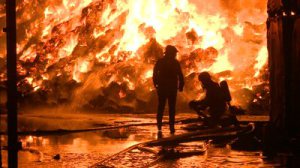
5. Know what is burning. Then, check the type of fire extinguisher before using it to verify it will aid in putting the fire out and not make matters worse.
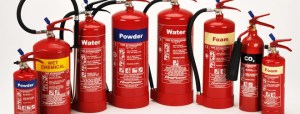
6. Using the Fire Extinguisher: Stand at least 8ft from the fire.
7. The fire extinguisher will on average contain around 10 seconds of extinguishing power. If the fire is not out or if the area is filled with smoke, exit the scene quickly.
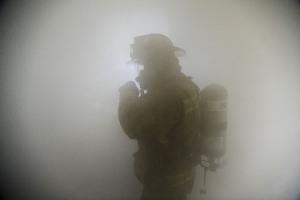
8. If you have put out the fire, make sure there are no remaining sparks that may re-ignite the fire.
.jpg)
9. Have a new fire extinguisher placed in an accessible area.
10. Inform those in the area about the fire extinguisher location and direct them to your supervisor for instructions on how to properly use it.
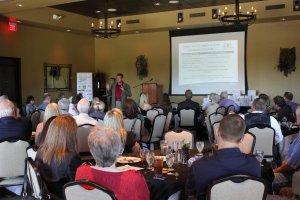
How to use a Fire Extinguisher
Stand at least 8ft from the fire and begin PASS. PASS is an acronym for the proper use of a fire extinguisher.
P – Pull the pin: By pulling the pin, the operating lever is unlocked and allows you to discharge the extinguisher.
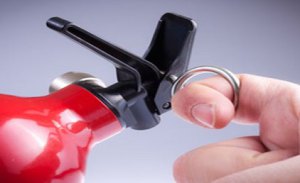
A – Aim low: Point the extinguisher hose/nozzle at the base of the fire.
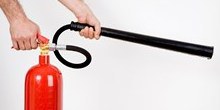
S – Squeeze the lever: This will discharge the extinguishing agent. Some extinguishers may have a button or other means of activation.
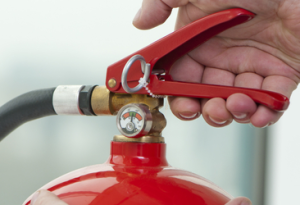
S – Sweep from side to side: While you are aiming at the base of the fire, you should sweep back and forth until the fire is extinguished. If the fire re-ignites, repeat the process.
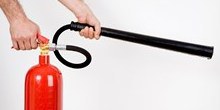
Inspection of the Fire Extinguisher
The National Fire Protection Association (NFPA) defines an inspection as a quick-check to verify the extinguisher is available and will function properly.
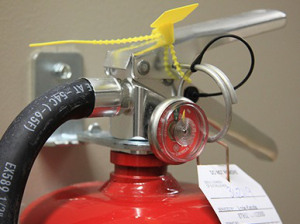
The National Fire Protection Association requires that fire extinguishers are inspected monthly, or more frequently if circumstances require it.
Anyone with minimal knowledge may perform an inspection.
The following should be inspected:
- The fire extinguisher is located in its designated place.
- There are no obstructions to access or visibility of the fire extinguisher.
- The operating Instructions on the nameplate are legible and facing outward.
- The fire extinguisher seals and tamper indicators are in place and in tact.
- The fullness by weight or by hefting. Inverting and shaking the fire extinguisher will help ensure caking or hardening of the powder has not occurred.
- Visually examine the fire extinguisher for any physical damage including corrosion, leakage or a clogged nozzle.
- Check to see if the fire extinguisher’s pressure gauge is in operable range.
Maintenance of the Fire Extinguisher
The NFPA defines maintenance as a thorough-check of the fire extinguisher.
Maintenance of the fire extinguisher should be performed at least annually in accordance with local, state and federal regulations.
A fire equipment professional should perform this annual maintenance as they have the training, resources and expertise to thoroughly examine the fire extinguisher.
The NFPA requires that a tag be attached to the fire extinguisher indicating the following:
1. The month and year the maintenance was performed of the fire extinguisher
2. Identification of the person and the company that performed fire extinguisher maintenance.
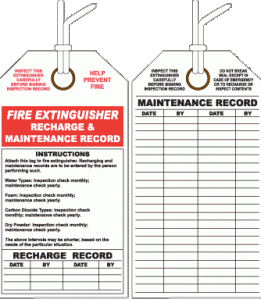
Testimonials
Individual
"Thanks for the fast service! I needed my certification before I could begin my new job. I was able to complete the test and print my certificate in time to start work Monday morning." Janet F., Orlando, FL.
Company
"Over 200 employees throughout our offices are required to complete Blood borne Pathogen Certification annually. Employee availability and scheduling conflicts made it nearly impossible to schedule an onsite class. We were pleased to learn that our OSHA requirements can be satisfied online. Looking forward to the ease of use next year." Mary M., Cardinal Health
Follow Us
Contact Us
Have a question? Customer service representatives are standing by to assist.

